| Birth | Asmara (Eritrea), June 30, 1886 |
|---|---|
| Death | Rome, 13 December 1974 |
| Ethnicity | Tigrinya |
| Religion | Catholicism |
| Military data | |
| Country Served | Italy |
| Armed Force | Regio Esercito
Milizia Volontaria Sicurezza Nazionale |
| Corps | Corpo Aeronautico Militare
Arditi Bersaglieri |
| Department | 7ª Squadriglia da ricognizione e combattimento |
| Years of service | 1915-1925 |
| Military grade | Generale di corpo d'armata |
| Wars |
Italian-Turkish War
WWI |
| Commander of |
1ª Squadriglia Caproni
7ª Squadriglia |
| Military Studies | Regia Accademia Militare di Fanteria e Cavalleria di Modena |
Life of the military pilot Domenico Mondelli (Asmara 30/06/1886 - Rome 13/12/1974 - 88 years old)
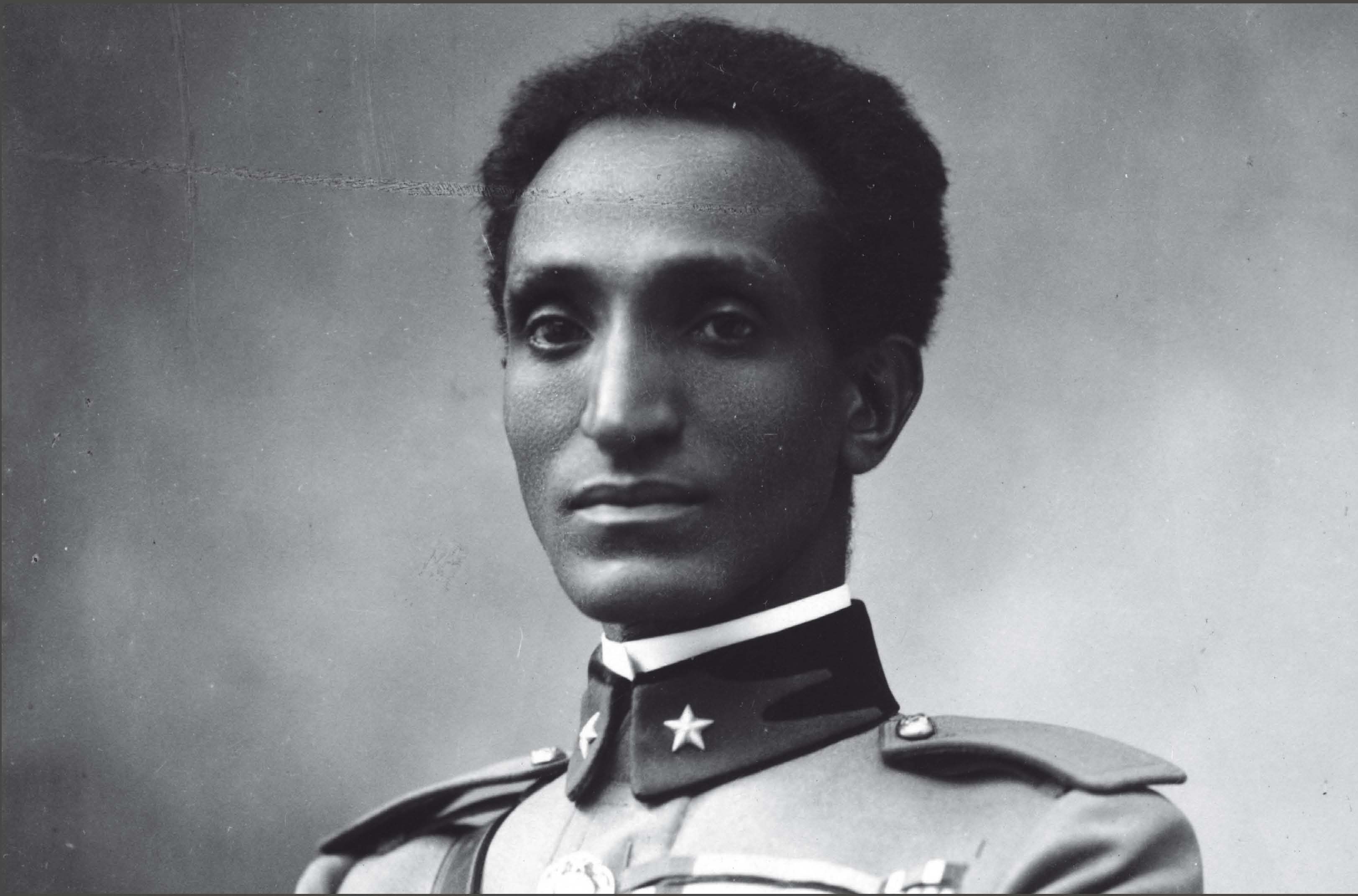
Domenico Mondelli, one of the Italian heroes of the great war, with a long life as adventurous as it is unknown to most. Mondelli was in fact, all over the world, the first military aviator of color. A record unfortunately never claimed by Italy. Firstaviator of African ethnicity to obtain the patent of military pilot, first to fly a plane from combat in war, first to be promoted to general in the Italian armed forces.Even the first black soldier accepted in Italian Freemasonry
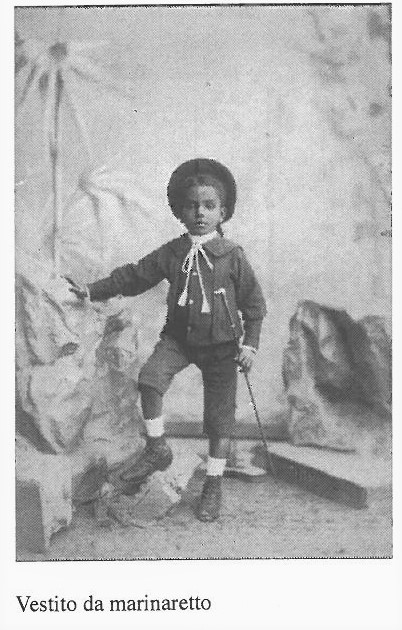
According to the declarations of his adoptive father, Domenico was born in Asmara June 30, 1886 with the name of Wolde Selassie which could be translated "son of the Trinity", but the true date and place of birth have never been ascertained. It happens in unclear circumstances too the meeting with the Parma official Attilio Mondelli, who would have decided to take it with you after having found it abandoned in 1891 (5 years of age) on the road between Asmara and Debaroa in Eritrea, then an Italian colony. It's possible, although it has never been proven, that in fact the real father of the child is precisely Attilio, who had a relationship with an unidentified Abyssinian woman.Indeed Attilio treated him like a son, albeit for various legal reasons not will be able to officially adopt it.
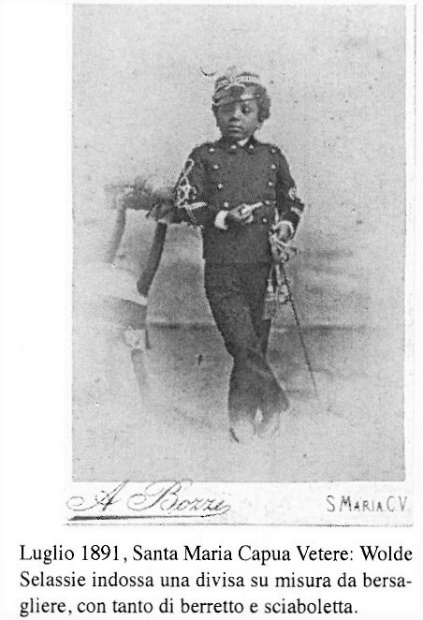
Taking the name of Domenico at the age of 12, Wolde follows in the footsteps of his tutor e those of "uncle" Emilio, attending the military college in Rome and the school military infantry and cavalry of Modena, current Military Academy. Released with the appointment of second lieutenant of the infantry weapon, he was assigned to the 5th Bersaglieri Regiment. It is the second time that a black soldier has a leadership role over white subordinates, since as early as the mid-800 i bersaglieri had had a "dark" captain, Michele Amatore, A photo confirms that in the Bersaglieri he had as colleague Achille Starace, future secretary of the PNF. Obtained, as established by the civil code of 1865, the Italian citizenship in 1907 (21 years), thanks to the condition of military. He initially served in the 5th Regiment of Bersaglieri then passing in succession to the 7th Mondelli served as a lieutenant in the 8th regiment during the war of Libya , finally arriving at the 2nd regiment.
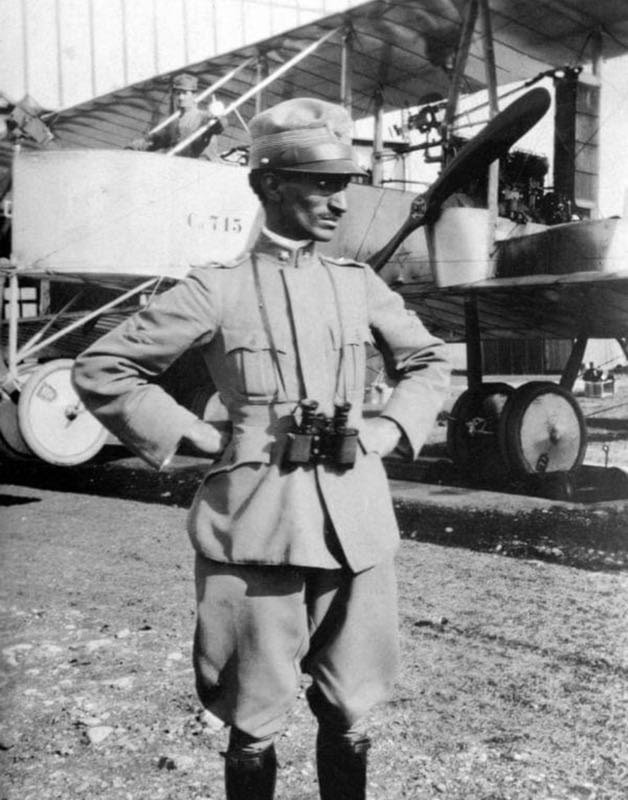
But Domenico's dream is flight. It is not clear how Mondelli has developed his aviation passion at a time when military pilots they were a few dozen, divided between army and navy. The fact is that in this period pioneering Mondelli is interested in the world of aviation and is transferred to aviators battalion, then commanded by the legendary Maj. Giulio Douhet. He then attended the aviation school in Malpensa, where on February 20, 1914 (28 years old) obtained the pilot's license on a Nieuport-Macchi monoplane: he is the first black Italian to have it. Later he gets the qualification for the Bleriot XI, and on March 30, that of military pilot. At the outbreak of the first war world he is captain at the 7th squadron. Aboard his plane he performs numerous missions that are worth the first medal of bronze. During a reconnaissance, he was hit by artillery shrapnel, and only with its calm and its not common cold blood could land in friendly territory. (Alto Isonzo August 1915). In 1917 (at the age of 31) he took command of the 1st e of the 10th bomber squadron on Caproni Ca. 300 HP7 aircraft, but for reasons never entirely clear, its almost four-year anniversary will end in July 1917 experience of aviator, with the rank of major, and hundreds of hours of flight to assets.
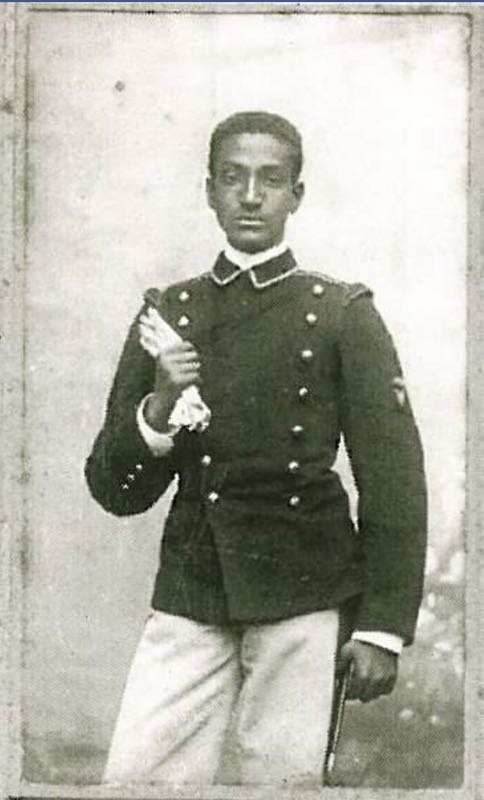
He immediately returns to the Bersaglieri, passing to the command of the 67th battalion of the 18th bersaglieri regiment, of the 3rd brigade, living the experience of the ground front on the Isonzo and the war of position on the Karst, which earned him a silver medal
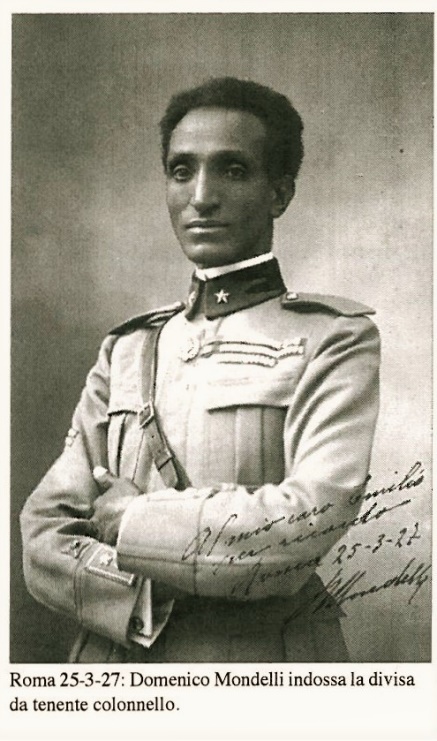
1918 leads the 1st battalion of the 242nd infantry regiment of the Teramo brigade, on the front line on the Piave. In June of the same year, during the battle of the Solstice, simultaneously assumes command of the 117th regiment of the Padua brigade, whose commander had fallen in battle, but remains seriously wounded in the face by a grenade. For this he receives a second medal silver
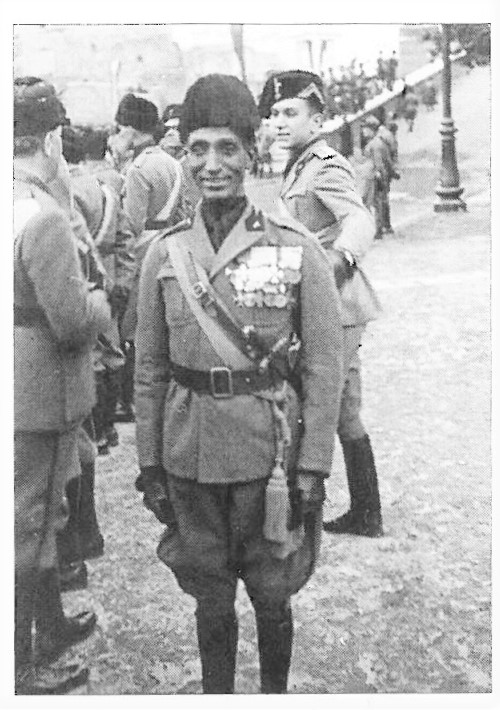
After the war, in 1919 (at 33 years old), Mondelli was elevated to the rank of degree of Master of the Loggia Stretta Observance of Palermo adhering to Great Orient of Italy, which he entered in 1912 (at the age of 26). With the advent of fascism that forced him to abandon Freemasonry, persecuted to the point of becoming an outlaw, Mondelli's military career suffers interruptions and delays. His promotion to colonel is canceled, he comes placed first in an auxiliary position and then directly outside the staff. Highly decorated officer and one of the best soldiers of the Royal Army, with the his patent seniority, Domenico is among the first members of the pioneers association of the Air Force.
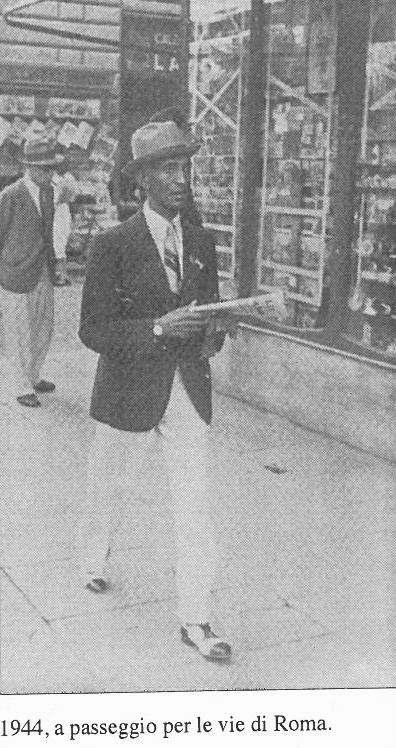
In 1927 (at 41 years old) Colonel Attilio Mondelli recognizes his paternity in point of death, officially making him a half-breed Italian. The war hero he responds with a long legal battle, with multiple appeals to the War Ministry and to the council of state. In 1935-36 the war in Ethiopia and propaganda of the Italian empire inevitably increases mistrust and discrimination against Mondelli. Black and mestizo officers, when they can't be placed on absolute leave, are placed on extraordinary leave, outside from permanent service, with a ban on wearing the uniform: the country for who had risked their lives is turning away from them. Mondelli succeeds however in December 1936 (at 50) to be promoted to colonel, although always in auxiliary. But the circulars issued by fascism in the second half of the 1930s, shortly before the publication of the manifesto of the race in 1938, clearly indicate how the regime, for a bias racist, you do not accept the idea that a black or mestizo Italian can command a white Italian military, or have important roles in any area of the society.
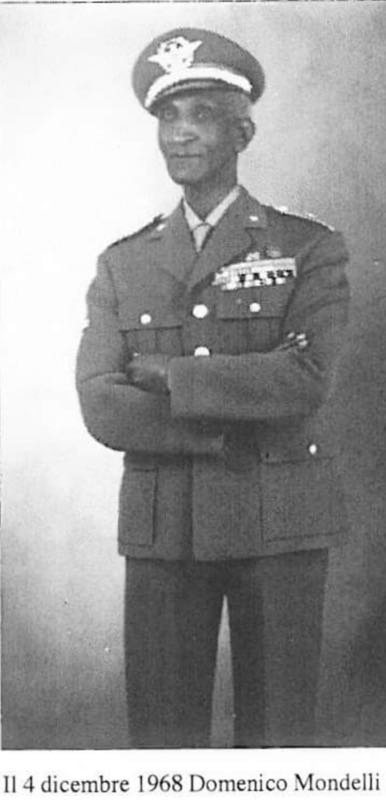
With the fall of fascism, Mondelli resumed Masonic activity, enrolling in 1944 to the Roman loggia Spartaco and being awarded in 1956 the 33rd ed last degree of the Ancient and Accepted Scottish Rite. Placed on leave absolute due to the worsening of the visual conditions of the injured right eye in war, is promoted, in the role of honor, brigadier general in 1959 (aged 73) e major general in 1963 (aged 77). In 1968 (82 years old) is the first black Italian to reach the rank of general of body army. In 1970 (aged 84) the President of the Republic Giuseppe Saragat honors him with the title of Grand Officer Order of Merit of the Italian Republic by motu proprio decision (on its own initiative). He dies in Rome, near the Celio military hospital, on 13 December 1974 (at 88 years old).
Here is a last mystery of a life a constant contact with risk and adventure: Mondelli had asked to be buried at the Verano military shrine, but no evidence of it is found. The place of his burial is therefore still unknown today. That which is it is clear that in the tomb he carries a medal collection of which any Italian could be proud: two silver medals for Military Valor, two medals for bronze, a War Merit Cross for Military Valor, the Knight's Cross of the Order of the Crown of Italy, the Knight's Cross of the Order of Saints Maurizio and Lazzaro, the colonial Order of the Star of Italy and the medal commemorative of the Italian-Austrian war.